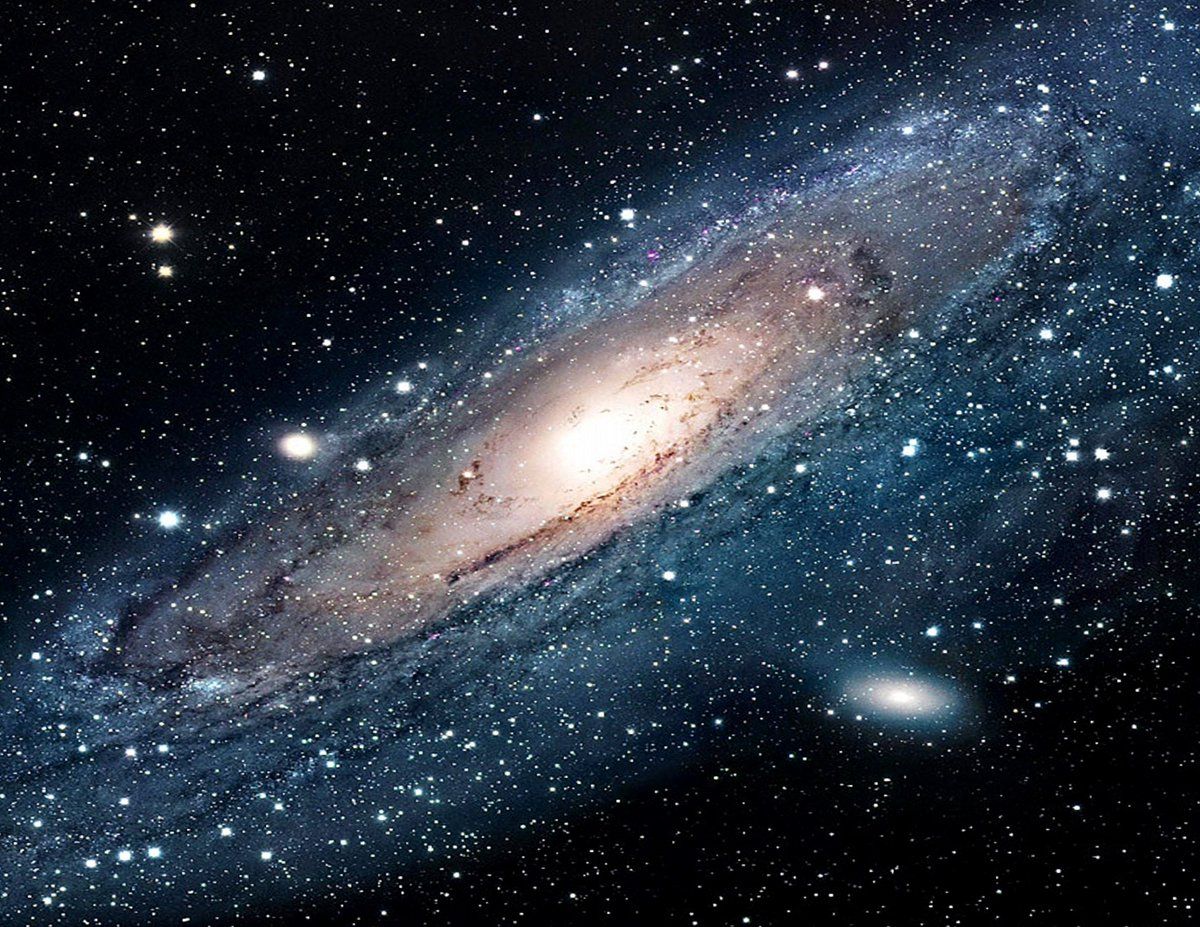“The Search for Techno-Artifacts” From an Earlier Civilization in the Solar System
May 2, 2020 (dailygalaxy.com)
• In his 2016 study, ‘Prior Indigenous Technological Species’, Penn State’s Jason Wright discussed possible origins and locations for “technosignatures” of a technological species’ civilization that could have existed in the solar system prior to humanity’s rise on Earth, or on nearby planets Venus and Mars. “From a purely scientific standpoint, it’s a perfectly reasonable question to ask whether life may have existed elsewhere in the Solar System, or does today,” said Wright, who is also a member of the ‘Center for Exoplanets and Habitable Worlds’ at Penn State.
• What could have ended a prior technologically advanced civilization within our solar system? “The most obvious answer is a cataclysm, whether a natural event, such as an extinction-level asteroid impact or self-inflicted, such as a global climate catastrophe,” says Wright. “[S]uch an event would only permanently extinguish the species if there were many cataclysms across the solar system closely spaced in time, (such as) a swarm of comets or interplanetary warfare, …an unexpected nearby gamma ray burst or supernova…”
• In the case of Venus, its global greenhouse and resurfacing might have erased all evidence of a prior civilization’s existence on the Venusian surface. In the case of Earth, erosion and plate tectonics may have erased most of such evidence if the species lived a billion years ago. Remaining indigenous technosignatures would be extremely old, limiting the places they might still be found to beneath the surfaces of Mars and the Moon, or in the outer solar system.
• In a 2019 study co-written by Manasvi Lingam (at Florida Tech) and Harvard astrophysicist Avi Loeb entitled, “The Moon as a Fishing Net for Extraterrestrial Life”, Loeb suggested that Earth’s Moon might yield traces of technological equipment that crashed on the lunar surface a billion years ago. “The absence of a lunar atmosphere,” wrote Loeb, “guarantees that these messengers would reach the lunar surface without burning up. In addition, the geological inactivity of the Moon implies that the record deposited on its surface will be preserved and not mixed with the deep lunar interior. Serving as a natural mailbox, the lunar surface collected all impacting objects during the past few billions of years. Most of this “mail” comes from within the solar system.”

One of the primary open questions of astrobiology is whether there is extant or extinct life elsewhere the Solar System. Astrophysicists Avi Loeb at Harvard and Penn State’s Jason Wright have both explored the question, with Loeb suggesting that ancient technological artifacts from beyond the Solar System may exist on Earth’s Moon amounting to a letter from an alien civilization saying, “We exist.”
Wright, a member of the Center for Exoplanets and Habitable Worlds, has considered the possibility that a technological

species could have existed in the Solar System prior to humanity’s rise on Earth in his study, Prior Indigenous Technological Species.
In 2016, Wright authored a paper that discussed possible origins and locations for “technosignatures” of such a civilization while other astronomers have suggested looking for lights on Kuiper Belt Objects that “may serve as a lamppost which signals the existence of extraterrestrial technologies and thus civilizations.”
The origins and possible locations for technosignatures of such a prior indigenous technological species might have arisen on ancient Earth or another body, such as a pre-greenhouse Venus or a wet Mars. In the case of Venus, the arrival of its global greenhouse and potential resurfacing might have erased all evidence of its existence on the Venusian surface. In the case of Earth, erosion and, ultimately, plate tectonics may have erased most such evidence if the species lived a billion years ago. Remaining indigenous technosignatures, observes Wright, might be expected to be extremely old, limiting the places they might still be found to beneath the surfaces of Mars and the Moon, or in the outer Solar System.
FAIR USE NOTICE: This page contains copyrighted material the use of which has not been specifically authorized by the copyright owner. ExoNews.org distributes this material for the purpose of news reporting, educational research, comment and criticism, constituting Fair Use under 17 U.S.C § 107. Please contact the Editor at ExoNews with any copyright issue.



